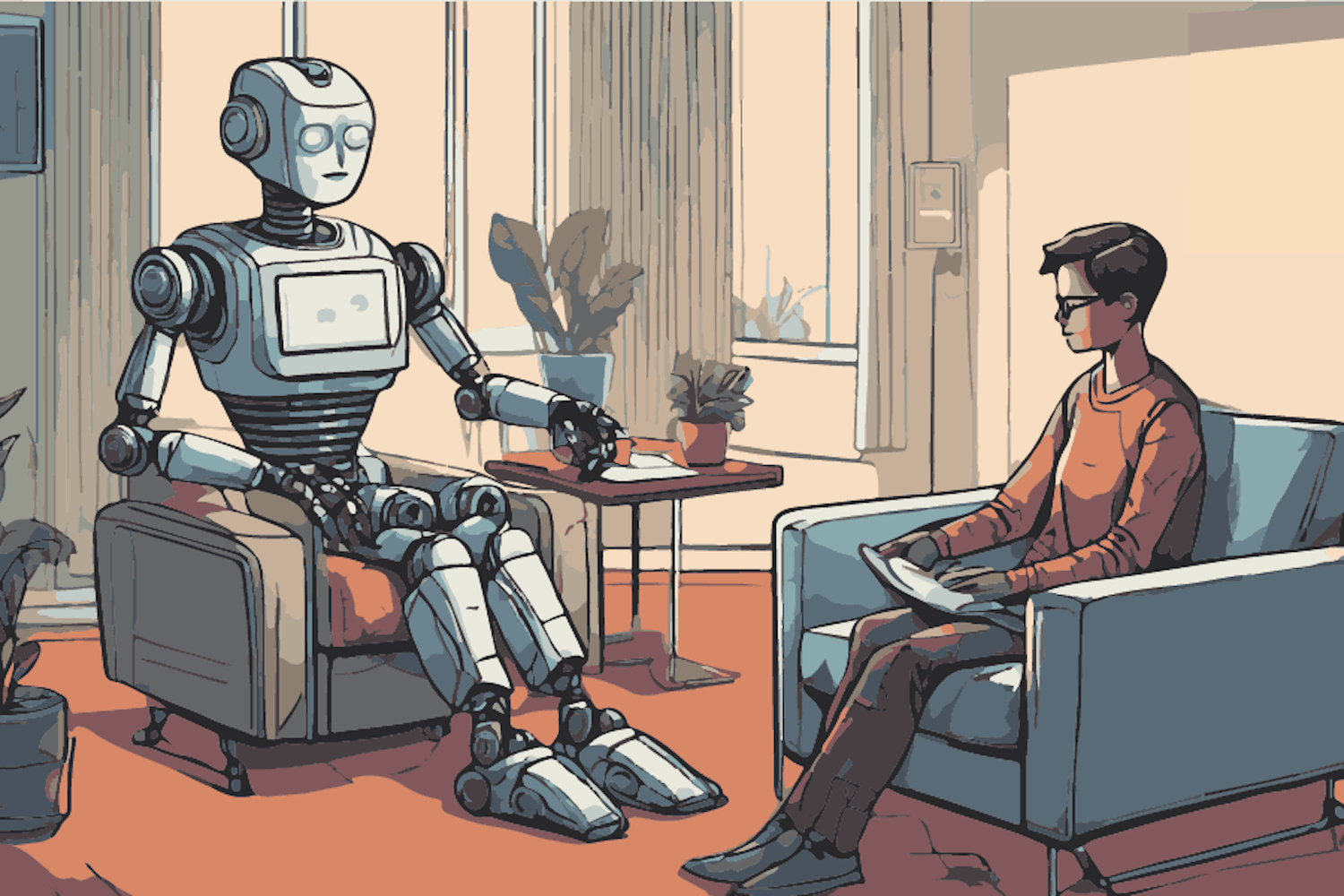When I entered my senior year of high school my mom came to me and said it was time to put me on birth control. She didn’t ask me if I was having sex, but knew that if I were she would rather I be safe than sorry.
They taught health at my high school, but I really didn’t learn anything about sex. They didn’t teach me to use protection or very much about STDs. I ended up getting most of my sex education from my friends and my subscription to Seventeen magazine.
Some people never receive that information, though. With no one to inform them about safe sex practices, they don’t learn what to do to protect themselves against pregnancy and STDs.
I wasn’t taught that about one in six people has genital herpes, and I wasn’t taught that by age 50, 80 percent of women will have had some exposure to HPV.
According to the National Survey of Family Growth, about 96 percent of teens are given some kind of formal sex education. However, only 62 percent of males and 70 percent of females are taught methods of birth control.
The rest are simply taught to just say no, which is obviously pretty unrealistic.
As much as parents want to believe their kids are safe from the pressures of having sex, they aren’t. Instead of hiding the concept from them, parents should take steps to keep them safe from an unwanted pregnancy or STD.
It’s okay to emphasize abstinence, but they should still be receiving all the information.
Last year, the health care law signed by President Barack Obama gave a $375-million grant to different programs for sexual education that were not just abstinence-based.
The popular TV show “Glee” also had a recent episode about formal sex education in high school and how it’s important to teach teens more than abstinence.
The rising interest on the topic will hopefully prove successful to increase awareness about safety when it comes to sex.
A new app created by the New York City Health Department will be able to tell Manhattan users where the closest place to receive free condoms are relative to their current location.
The app provides a good safety net for the people who need protection but don’t have it readily available.
More state health departments should be making an app like this. It isn’t promoting sex, but it is preventing diseases and unexpected pregnancy.
Maybe this topic seems blatantly obvious to most people. But believe it or not, I know more people who don’t use any kind of protection than those who do.
Hopefully this column will help at least one person be safer. After all, it’s about spreading information, not STDs.
Contact Lindsey at lindsey.kupfer@asu.edu



